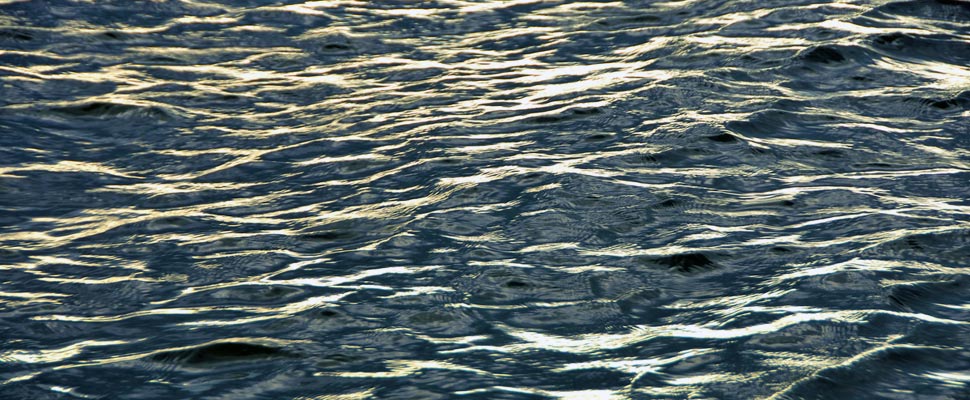The following post was written by freelance writer Genevieve Bot.
How much water do you think you use in a day? Go ahead, guess. Add up showering daily, drinking water, washing hands, flushing the toilet, cooking and brushing teeth. The total for the average American: about 60-70 gallons per day (see what parts of your day use the most water).
But that’s just half the story of your water footprint – a term used to describe your direct and indirect water use. The average American has a total water footprint of just over 2,000 gallons per day (big difference, huh?). Direct use is what you see. Indirect use is what you might not think about: such as the amount of water it took to harvest the vegetables in your lunch salad, the amount of water it took to feed the cow that became your dinner hamburger and the amount of water it took to dye and make your favorite jeans. (Calculate your water footprint)
A big water footprint isn’t necessarily a bad thing if you live in an area with lots of water, but droughts are now becoming all too common in the United States as the population grows and the amount of clean water struggles to supply growing needs.
Conserving clean water is about ensuring we have enough clean water at all times. How can we all ensure that water is always around? At home, we can reduce our water footprint with easy modifications. Outside of the home, we can conserve water by thinking about how much water goes into production of food, products and energy. Here a few tips to help you get started on a path to a small water footprint:
Around your house
Think about installing water- saving toilets and showerheads if you’re planning any renovations and install rain barrels for watering your garden. In the market for a new dishwasher or laundry machine? Look out for ENERGY STAR certified models to save gallons of water.
Your diet
Diets that include a lot of meat, cheese and eggs use more water than a diet that consists mostly of vegetables and grain. Plus, opt for whole foods in place of highly processed foods.
Recycle
Paper, plastic, metal and fabric all require water to be manufactured. You can save about 3.5 gallons of water when you choose to recycle one pound a paper. Recycling plastic is a great way save water also. You may be surprised that 24 gallons of water are needed to make just one pound of plastic.
Drive less
Carpool, ride a bike, walk or take public transit and you will save large quantities of water needed for refining oil.
There are a lot of great online calculators to help you determine where you can eliminate hidden water consumption, so try one today and start shrinking your h20 footprint.
